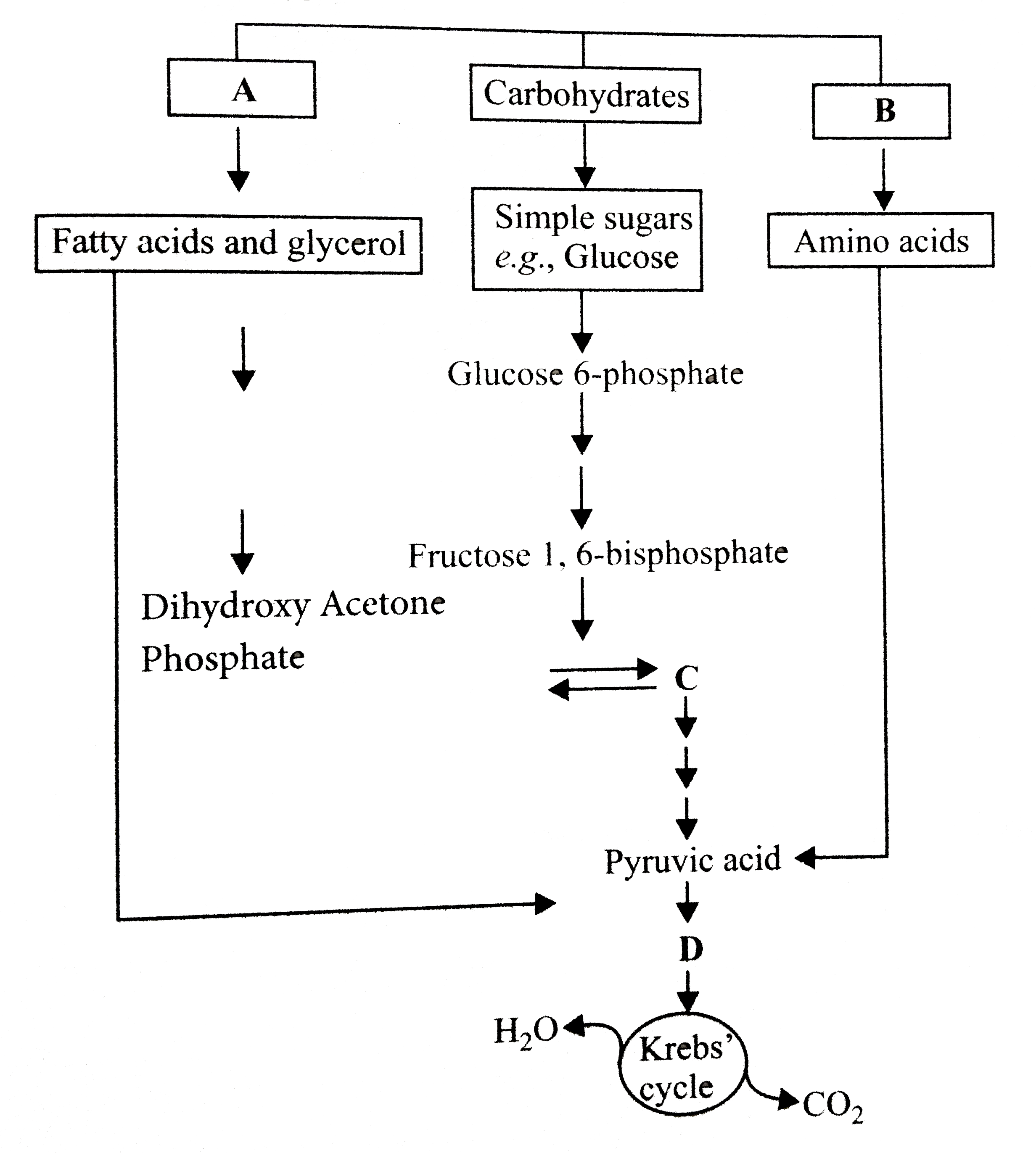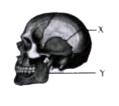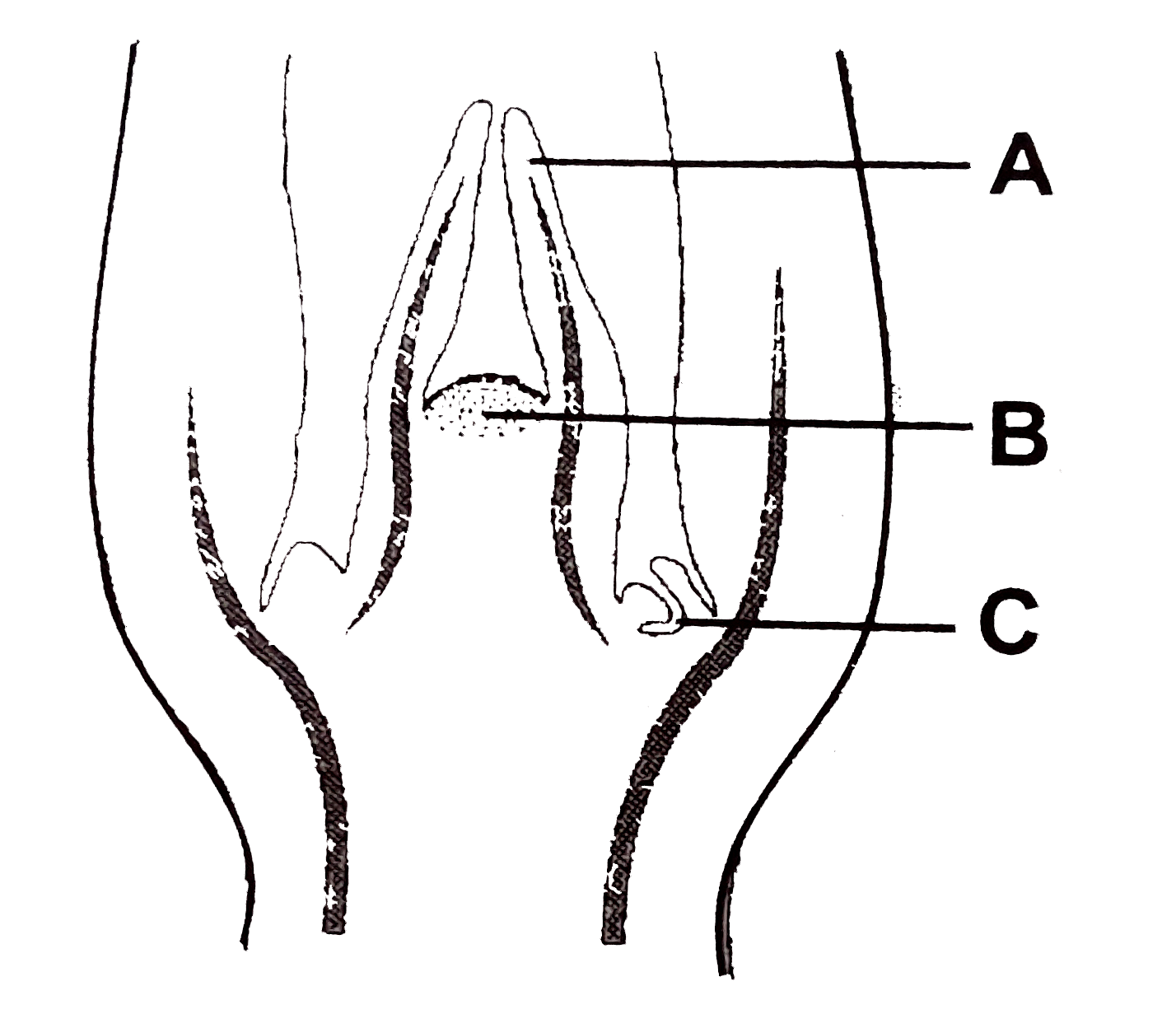Go through the figures and select the correct option -

I - In non-competitive type of enzymatic inhibition the Vmax decreases and Km remain unchanged
II - In competitive type of enzymatic inhibition the Vmax decreases and Km remain unchanged
I- In non-competitive type of enzymatic inhibition the Vmax decreases and Km remain unchanged
II - In competitive type of enzymatic inhibition the Vmax remain same and Km is changed
I - In non-competitive type of enzymatic inhibition the Vmax increases and Km remain unchanged
II - In competitive type of enzymatic inhibition the Vmax changes and Km decreases
I - In non-competitive type of enzymatic inhibition the Vmax increases and Km remain unchanged
II - In competitive type of enzymatic inhibition the Vmax increases and Km increases
The correct Answer is:B
Step by step video, text & image solution for Go through the figures and select the correct option - by Biology experts to help you in doubts & scoring excellent marks in Class 12 exams.
Similar Questions
Knowledge Check
- Question 1 - Select One
Go through the figure and select the option out of (a-d)
 AA DNA B DNA Enzyme recognizing pallindrome Enzyme joining the sticky endsVector Foreign DAN ligase EcoRIBA DNA B DNA Enzyme recognizing pallindrome Enzyme joining the sticky endsVector Foreign EcoRI DAN ligaseCA DNA B DNA Enzyme recognizing pallindrome Enzyme joining the sticky endsVector Foreign Exonuclease DNA ligaseDA DNA B DNA Enzyme recognizing pallindrome Enzyme joining the sticky endsVector Foreign DAN ligase Exonuclease
AA DNA B DNA Enzyme recognizing pallindrome Enzyme joining the sticky endsVector Foreign DAN ligase EcoRIBA DNA B DNA Enzyme recognizing pallindrome Enzyme joining the sticky endsVector Foreign EcoRI DAN ligaseCA DNA B DNA Enzyme recognizing pallindrome Enzyme joining the sticky endsVector Foreign Exonuclease DNA ligaseDA DNA B DNA Enzyme recognizing pallindrome Enzyme joining the sticky endsVector Foreign DAN ligase Exonuclease - Question 2 - Select One
Go through the given diagram and select the correct option.
 A1-Pith, 3-Intercalary meristemB2-Cortex, 5-Root apical meristemC1-Central cylinder, 5-Lateral meristemD3-Protoderm, 4-Root apical meristem
A1-Pith, 3-Intercalary meristemB2-Cortex, 5-Root apical meristemC1-Central cylinder, 5-Lateral meristemD3-Protoderm, 4-Root apical meristem - Question 3 - Select One
Refer to the given figures and select the correct option.
 AIt is a type of parthenogenesis.BIt is a type of asexual reproduction.CThis offspring produced can also be called clones.DBoth (b) and (c )
AIt is a type of parthenogenesis.BIt is a type of asexual reproduction.CThis offspring produced can also be called clones.DBoth (b) and (c )
Refer to the given figure and select the correct option for A,B,C and D.
 View Solution
View SolutionRefer to the given figures and select the correct option.
 View Solution
View SolutionRefer to given figure and select the correct option.
 View Solution
View SolutionIdentify the stage shows in the figure and select the correct option
 View Solution
View SolutionSelect the correct option for FDI.
View Solution


